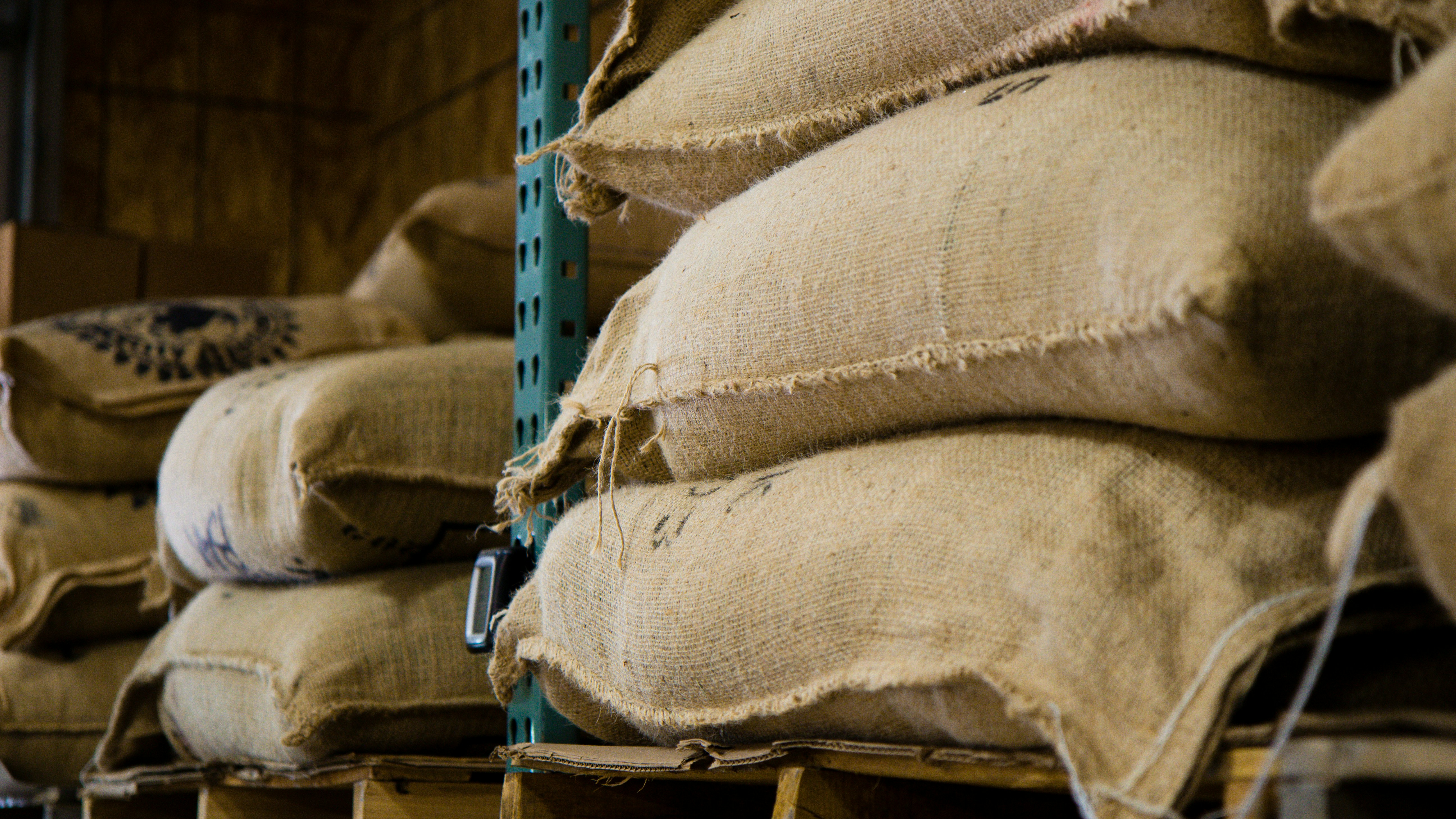Uganda is one of Africa’s leading coffee exporters, with coffee ranking as its top agricultural export. The country is renowned for producing both Robusta and Arabica coffee, with a significant portion of its harvest destined for international markets.
Uganda exports an estimated 5 to 6 million 60kg bags of coffee annually, making it the largest coffee exporter in Africa after Ethiopia. The country’s coffee industry has grown steadily, with production surpassing 6.5 million bags in 2023
Major Export Destinations
Ugandan coffee is highly sought after in global markets, with key destinations including:
European Union – Major buyers like Italy, Germany, and Belgium import over 60% of Uganda’s coffee.
United States – A growing demand for specialty Arabica coffee from Uganda.
Asia – Countries like India and China are emerging as new markets.
Middle East – Known for its strong coffee culture, the Middle East imports increasing amounts of Ugandan coffee.
Revenue and Economic Impact
Coffee contributes significantly to Uganda’s economy, accounting for about 20-30% of total export earnings. In 2023, Uganda generated over $900 million in coffee exports, reflecting the crop's vital role in national development.
Challenges in Uganda’s Coffee Exports
Despite impressive numbers, Uganda’s coffee sector faces several challenges:
Climate Change – Rising temperatures and unpredictable rainfall affect production.
Pests and Diseases – Coffee wilt disease and leaf rust impact yields.
Market Fluctuations – Global coffee prices vary, influencing farmer earnings.
Future of Uganda’s Coffee Industry
The Ugandan government aims to boost coffee production to 20 million bags by 2030. This ambitious plan includes:
Providing farmers with quality seedlings.
Expanding coffee farming to new regions.
Encouraging value addition through coffee processing.
Conclusion
Uganda remains a coffee powerhouse, with high export volumes, growing markets, and a strategic plan to enhance production. As global demand increases, Ugandan coffee is set to solidify its place as a top commodity in international trade.
